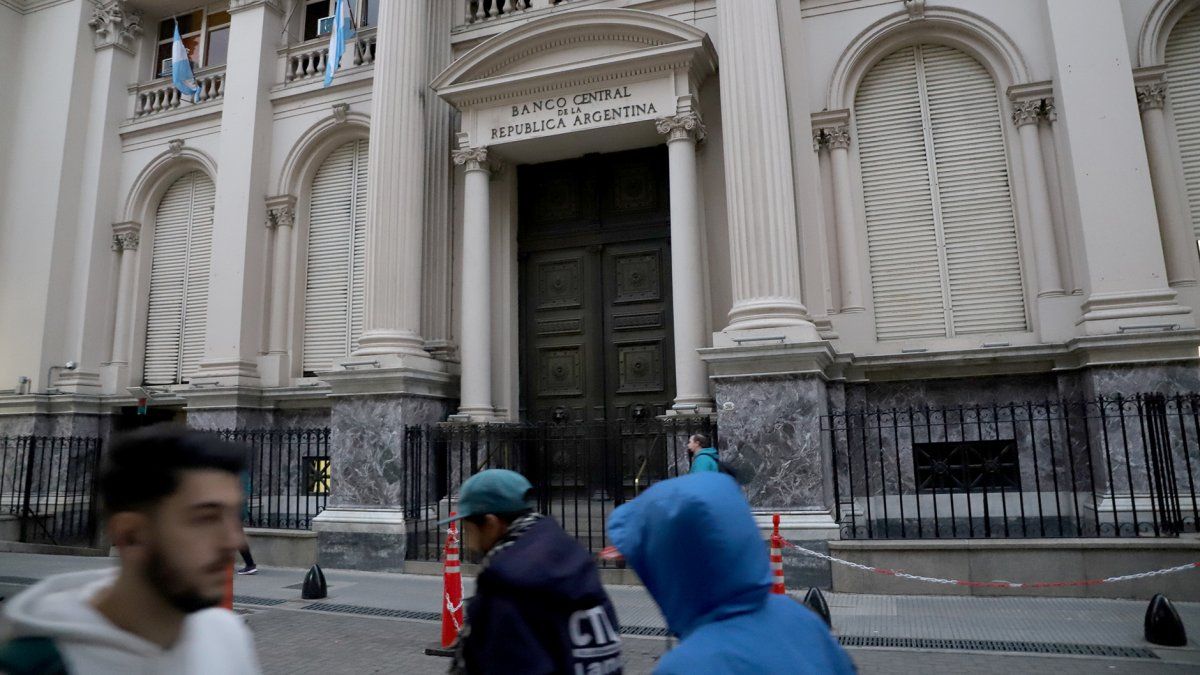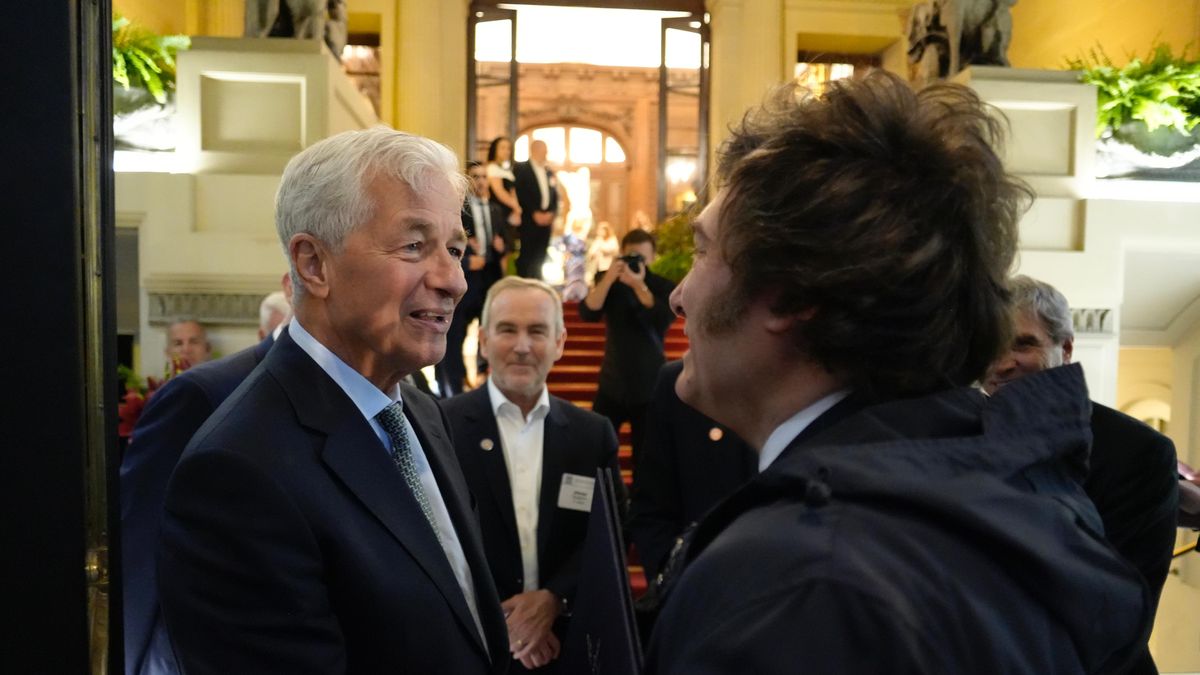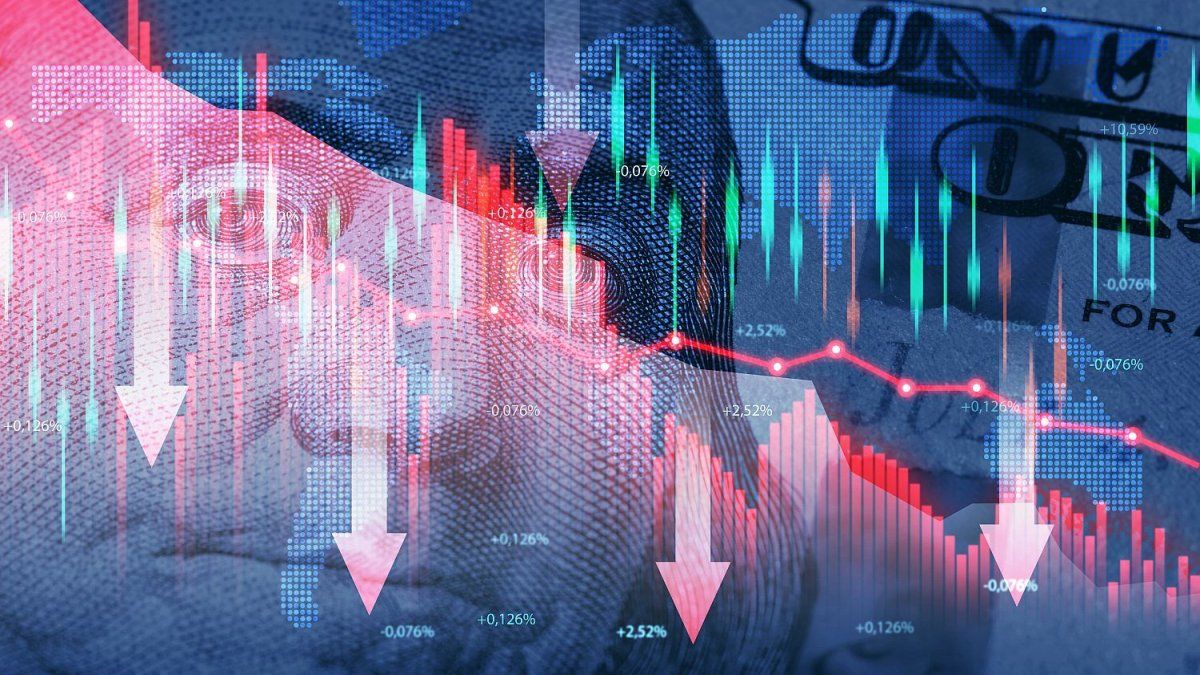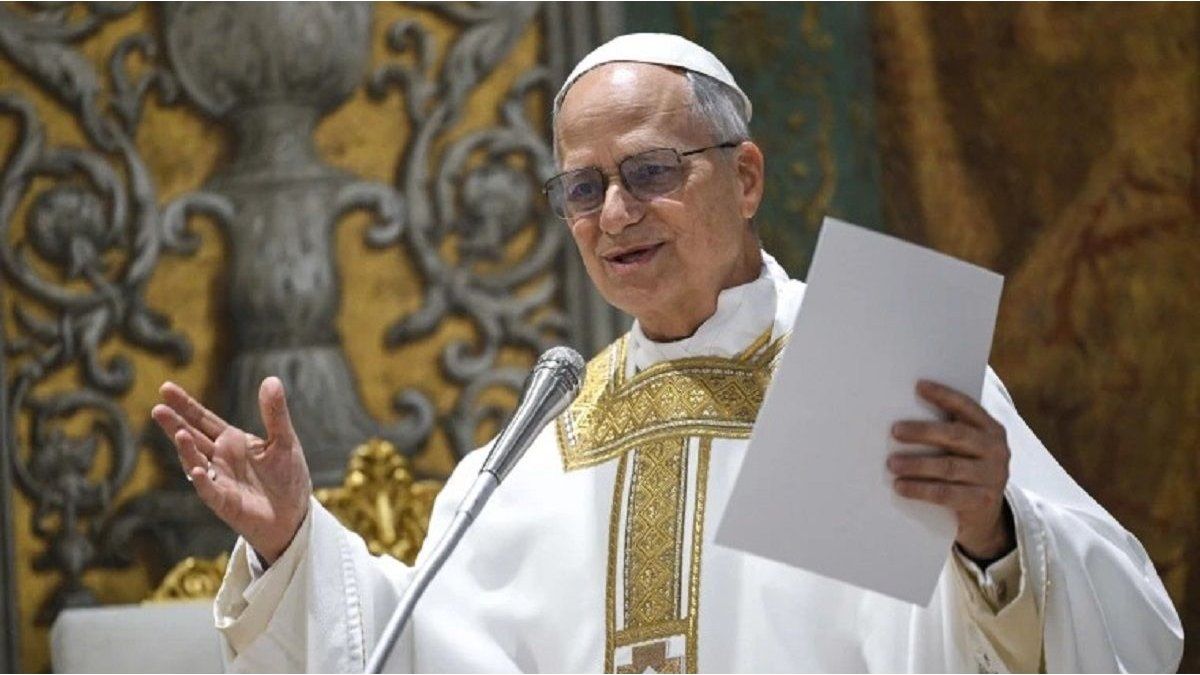The bank’s board usually meets every Thursday, although this can happen at any time of the week, a BCRA spokesman replied. Currently, the reference rate stands at 75% annual nominal, equivalent to 107% annual effective, before a projected inflation of 100.3%, according to the latest survey of expectations among analysts.
In a recent monetary policy report, the BCRA said it will continue “adjusting interest rates to keep them in positive territory in real terms (…) monitoring the macroeconomic situation and calibrating reference interest rates.” Wanted “tend towards a path of returns that allows safeguarding the value of investments made in instruments denominated in domestic currency and consolidating exchange and financial stability.”
The objective, which has the support of the International Monetary Fund (IMF), remains the same: encourage savings in the local currency, sterilize the pesos injected into the economy and bring the rate closer to the rate of depreciation of the official exchange rate. It would be the tenth increase so far this year.
One reason why the market considers that the decision is pertinent is the monthly yield of the fixed term that is still behind inflation. The expectation provided by the REM, of a CPI above 100% in December, would once again leave income in pesos negative. In any case, the effective annual rate (TEA), which is the one applied if the placement is renewed every 30 days, is around 107.5%, in line with what analysts have indicated.
“I believe that the BCRA would raise rates again soon, possibly after the inflation figure, in search of continuing to improve remuneration to pesos. This is crucial to try to keep the exchange rate calm in this last quarter, where in addition to more pesos there would be a lower supply of foreign currency accentuated by the advancement that the “soybean dollar” implied, and there the strategy would be mainly to defend the accumulated reserves,” he said. the operator Gustavo Ber in dialogue with Ámbito.
Another source consulted by Ambit revealed that there is no univocal definition in the market. “Some see rise and others are not so sure. What yes, the secondary through January Lede is already pricing you an increase of 320 bps, so the market assigns a higher probability to an increase. In that sense, Lede January is attractive. If they raise the rate, part of the movement is already valued and if they don’t raise it, there is room to compress”.
For his part, a market operator commented to Ámbito that in the last few hours expectations that the BCRA will raise rates again have dropped, after the September inflation data for the City of Buenos Aires was released on Wednesday, which showed a marked slowdown and drilled 6% (marked 5.6%). “It seems to me that they are not going to raise the rate if the national CPI registers a similar figure,” he said.
Source: Ambito
David William is a talented author who has made a name for himself in the world of writing. He is a professional author who writes on a wide range of topics, from general interest to opinion news. David is currently working as a writer at 24 hours worlds where he brings his unique perspective and in-depth research to his articles, making them both informative and engaging.




